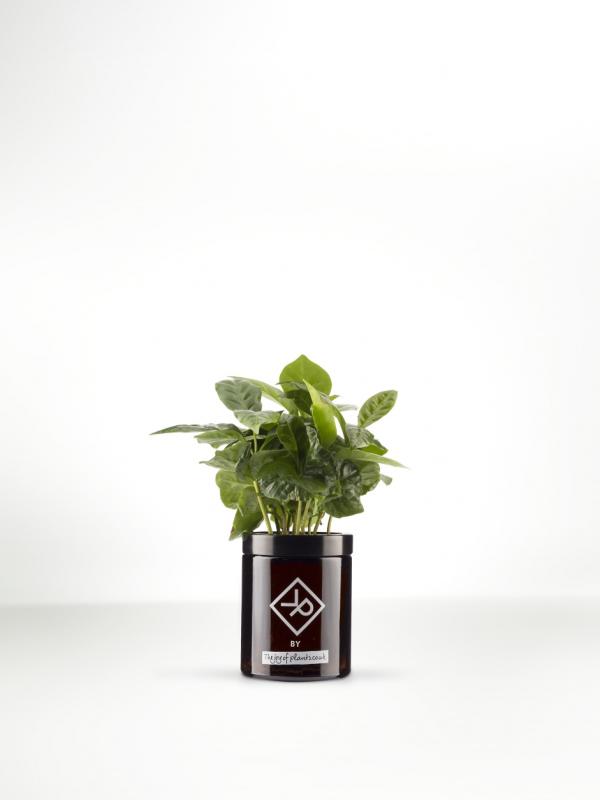Colours and shapes
In the spring the coffee plant produces fantastic white, sweet-scented flowers. The berries then appear, changing from green to yellow to red as they ripen. The seeds press closer and closer together as they grow, resulting in the characteristic bean shape. The plant retains its fabulously shiny dark green leaves throughout the year.
Symbolism
For most people the coffee plant symbolises a helping hand in times of need. According to legend it all started some 500 years ago. Somewhere in Ethiopia the monastery goats became unsettled. After some detective work the owners discovered that the animals had been grazing on the coffee bushes.
The goats were the source of inspiration for coffee: the owners ground up some beans and placed them in boiling water. The taste and the aroma were amazing ... Kahveh - which means ‘stimulating’ - was born. Nowadays Ethiopians in some places still drink herbal tea made from the leaves of the coffee plant.
Origin
The plant was cultivated in Yemen around 1000 AD, and later it spread around the world. It’s a widespread plant - but not literally: the bushes are regularly pruned because smaller plants are easier to harvest. Some 33 species can be found in Africa, 14 species in Madagascar and 3 species in South-East Asia and Mauritius. Arabica is the most flavoursome coffee variety and is used for no less than three-quarters of total global coffee production.





